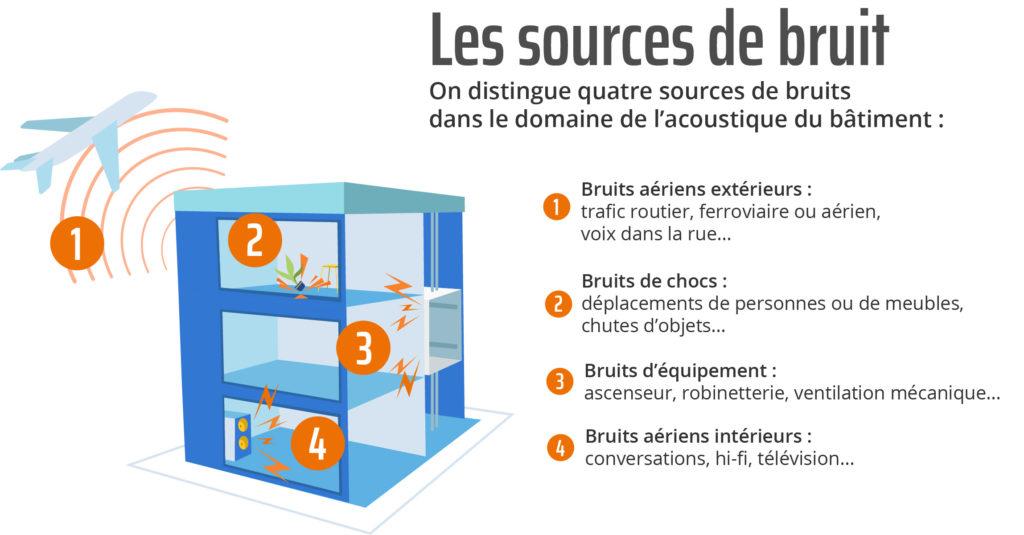How to reduce noise pollution in an apartment?
When it's not the heel clicks of your upstairs neighbors waking you up, it's the beeping of horns from the street that startles you, or the bass blasting out of your teenager's room that makes you irritate. According to an Ifop survey carried out in September 2014 (1), 86% of French people feel bothered by noise in their homes. If in new housing, the acoustic regulations are more and more strict, in the old one, one sometimes has the impression of living with one's neighbours. And mediation is not always easy...
Technical solutions
When all the possibilities for discussion have been exhausted, there remain the technical arrangements. Sound is propagated by air vibration, through walls, partitions, floors, and through all non-sealed areas (cracks, electrical outlets, chimney flues, etc.). To be well insulated, a dwelling must therefore be airtight. But not too much either, it must still be able to renew itself correctly. The first weak point is the doors and windows. Sometimes, it is enough to put effective seals, otherwise, we opt for double glazing.
Another downside: the walls. There are many dubbing options to better isolate them. On the floor, a simple carpet, PVC or linoleum, with or without underlay, can save between 15 and 30 decibels. More radical: the screed or floating slab, but you must ask the trustee for permission beforehand. Finally, to muffle the morning footsteps of the toddlers above, there is only the suspended ceiling.

But it's not just neighbors who emit noise pollution, our own electrical appliances don't spare us. We avoid installing the boiler, the ventilation, or the washing machine against a partition that is too light, and we fix them on anti-vibration mounts. As for taps, flushes, and household appliances, equipment with good acoustic performance is preferred.
When the decor drowns out the noise
Sometimes you have neither the means nor the authorization to implement such modifications, especially when you are a tenant. In this case, the decoration proves to be an ally of choice. To break up the noises, absorb them, muffle them, you have to fill the space. We start with the walls with hangings, bookcases full of books, wardrobes lined with clothes or large paintings. DIY enthusiasts can even customize acoustic insulation sheets then hang them like canvases. On the floor, we put on the carpets and on the ceiling in the bedroom, we install a canopy. If you cannot afford double glazing, heavy curtains are hung on the windows to reduce the nuisance from the street. We also think of dividing the space to prevent noise from spreading. No need to mount a plasterboard wall, you can make do with Japanese partitions or curtains. Finally, tall green plants absorb noise. To afford a small oasis of silence, we do not hesitate to build an urban jungle...
10 tips to limit noise pollution
Decor: 10 tips to limit noise pollutionSee the slideshow10 photos(1) Survey carried out for the Ministry of Ecology, Sustainable Development and Energy and the National Noise Council.








